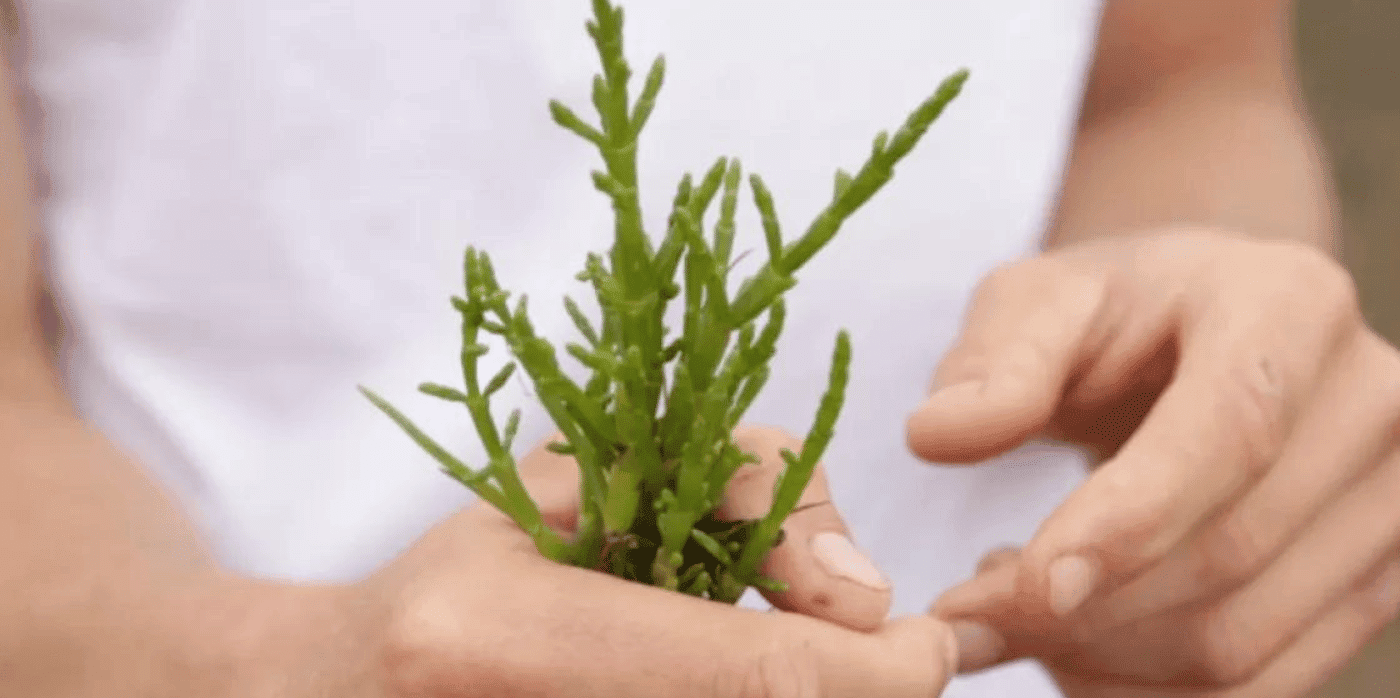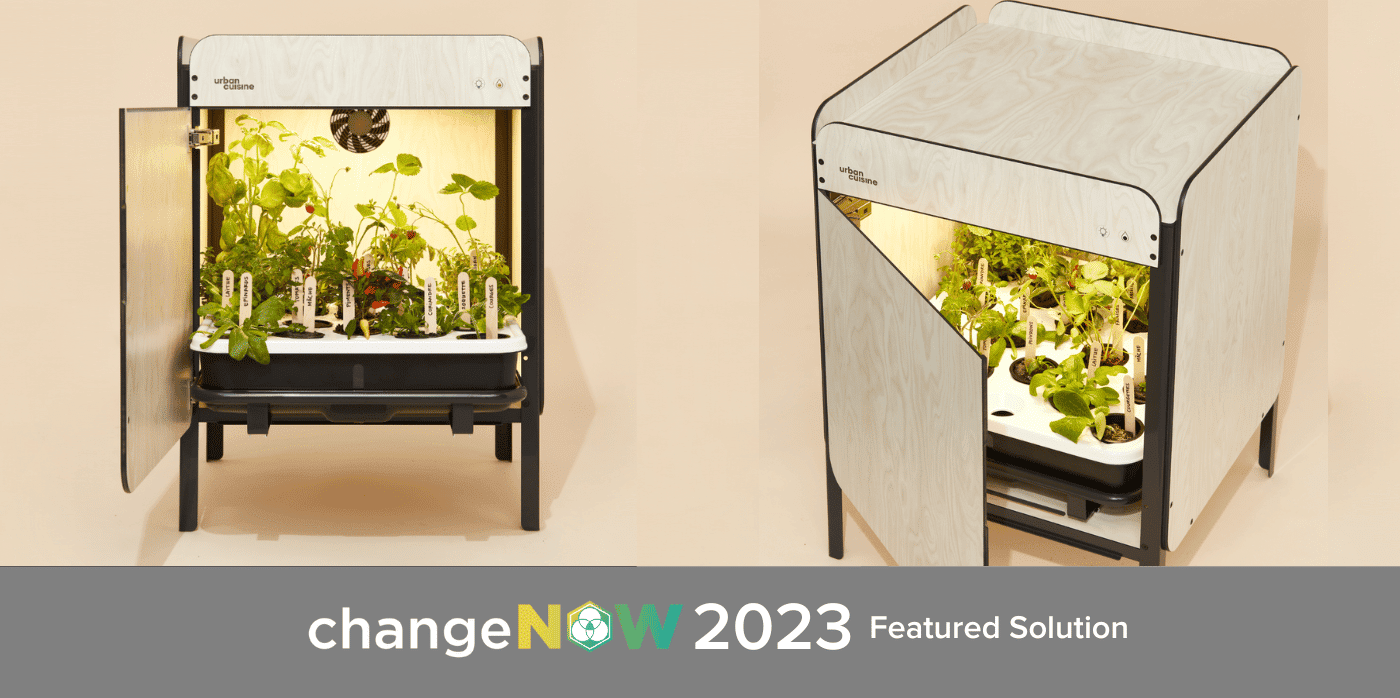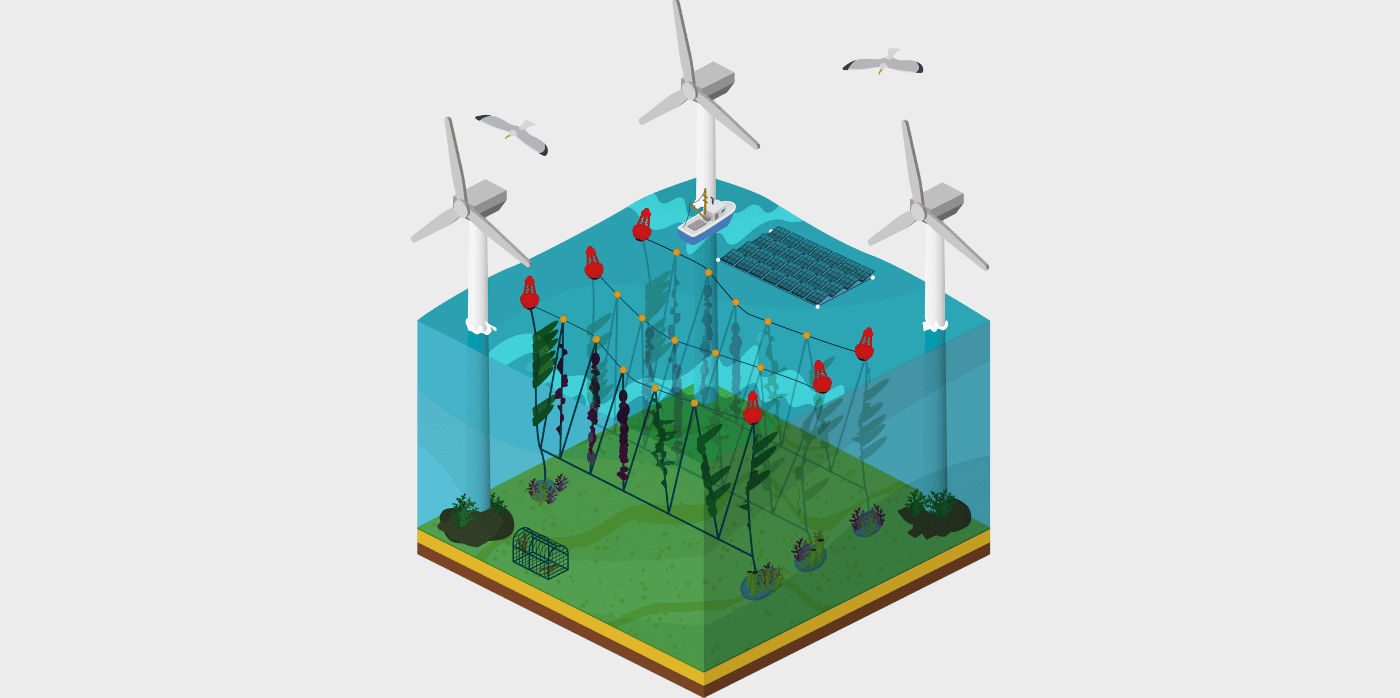Growing crops in saltwater – Springwise

Spotted: Climate change is leading to the increased scarcity of fresh water – just as food production needs to increase. According to one study by the Food and Agriculture Organization of the United Nations, increases in the global population will require raising overall food production by some 70 per cent between 2005 and 2050. Production in developing countries would need to almost double.
Scottish company Seawater Solutions has developed a novel approach to growing more food with less water, specialising in using seawater to grow salt-tolerant crops. Seawater Solutions takes flood-affected or degraded farmland and turns it into an artificial saltmarsh ecosystem by pumping seawater over the area or flooding it.
Farmers use the flooded land to grow crops, called halophytes, that thrive in waters with a high percentage of salt. Examples of halophyte crops include samphire, mangrove, and Salicornia. Some of these crops are in demand as food specialities, and others can be used to produce oil for cosmetics, as biofuels, or for fodder.
Halophyte crops also provide protection against erosion and carbon sequestration – the plants absorb 30 times more carbon than rainforests do. Seawater Solutions estimates that farmers who adopt their artificial ecosystems could sell €2,600 worth of carbon credits per year for each hectare farmed. On top of this, Seawater’s artificial salt marshes are powered entirely by renewable energy systems.
Climate change has given a new urgency to finding solutions. Recent ideas spotted by Springwise include a greenhouse designed to grow crops in hot, dry climates and using extremophile bacteria to improve crop yields.
Written By: Lisa Magloff





